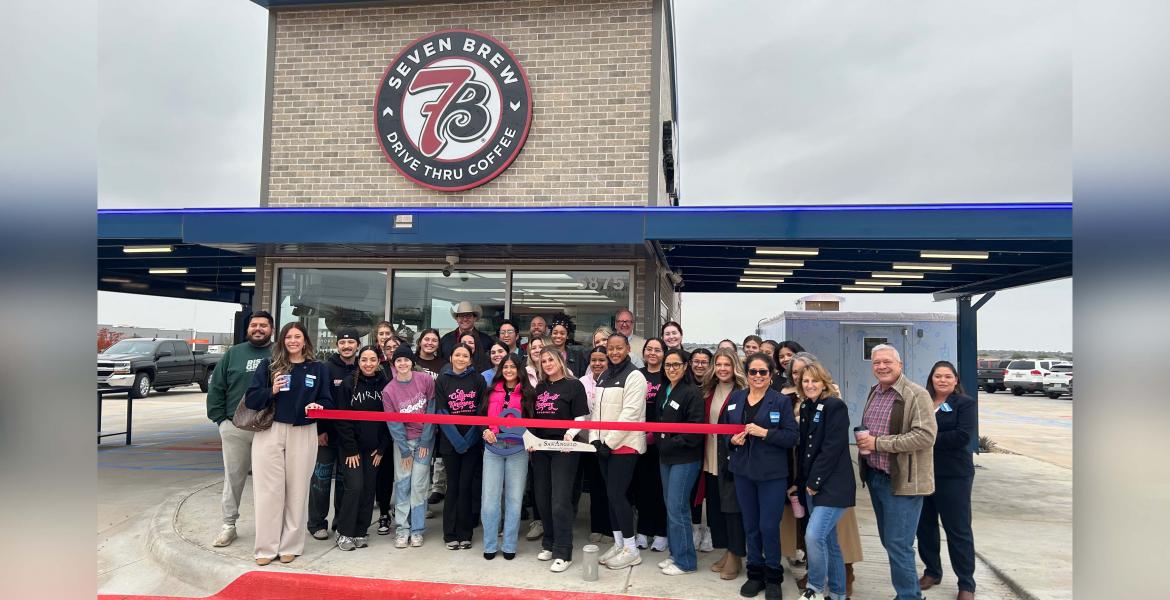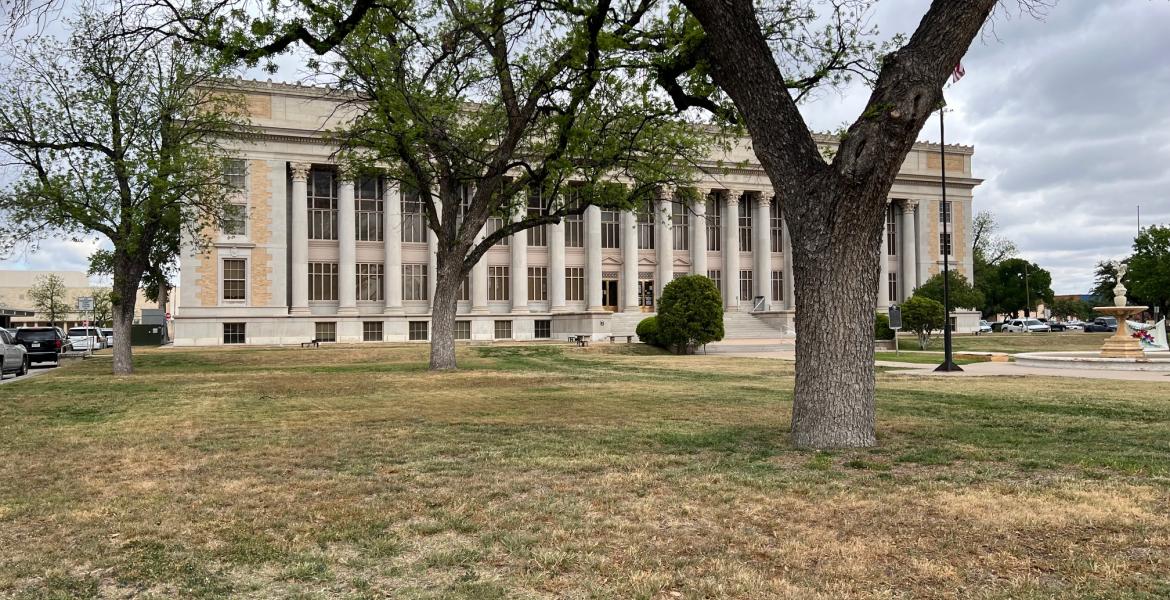SAN ANGELO, TX — San Angeloans concerned about the flooding issue on Avenue P attended San Angelo City Councilman Harry Thomas’ town hall meeting Tuesday evening. The mood in the room was somewhat hopeful, but many complained about the problem they said had been going on for years, since at least the 1970s.
City Engineer Russell Pehl and Assistant Engineer Lance Overstreet explained that the problem around Avenue P encompasses 647 acres of drainage area. The area stretches from the campus of Angelo State University, the San Angelo Stadium, and ends along the lettered streets southeast of there as drainage during heavy rain finds its way down Avenue P and other streets around there when it drains into the Concho River a little further to the east. The problem has manifested itself because of the increased amount of pavement that has been laid northwest of the area since the 1960s with inadequate drainage infrastructure.
Infrastructure problems with large paved areas is mitigated today on new construction since a 2010 ordinance was enacted that requires new buildings and parking lots to design adequate drainage around them. Overstreet mentioned, as an example, that the new Cane’s Chicken Restaurant under construction was required to build drainage areas under the new 2010 rules.
The new rules aren’t helping the stranded residents of around Avenue P who are drenched with storm water runoff every time there is a hard rain, though.
Former City Councilman Richard Bastardo took over the meeting at least three times to describe his failed efforts to obtain a solution during his tenure on the city council in the 2000s. He was fixated on building an underground drainpipe; a plan that was scrapped soon after the project was started in the early 2000s.
Overstreet explained the underground drainpipe plan was unlikely to be adequate and, once the engineers studied various piping plans, too expensive. It would require the city to dismantle and rebuild underground sewer and water lines. The other problem was obtaining permitting from the U.S. Army Corps of Engineers and State of Texas to dump a large volume of storm water runoff into the Concho River. Neither engineer believed the City could obtain permitting to do so.
Councilman Harry Thomas, whose term started last May, said when he arrived the City was attempting to purchase all homes in the affected flooding area. Once the city acquired the property, it proposed to demolish the homes to turn the land into a “green space” of parks and well-watered grassy areas. Thomas said not all, but many, were willing to sell their homes to the City.
“It was an all or nothing deal,” explained Thomas. Some of the homeowners in the area had strong family ties to their homes and didn’t want to sell.
The green space was scrapped, he said.
Overstreet and Pehl then proposed a series of drainage areas along the perimeter of Avenue P. Citizens didn’t like that plan because they thought the water drainage ditches would be a hazard to children. “A drowning hazard,” Thomas explained.
Overstreet and Pehl today are looking at placing detention ponds northwest of the affected areas between Knickerbocker Road and Avenue N on land now unoccupied.
There is a difference between a “retention” and a “detention” pond. The city engineers’ simple explanation was the detention ponds regulate the flow of water from them when heavy rain falls, but would not retain water after the rains ceased and the ponds slowly drained. On the other hand, a “retention” pond stored water until it evaporated. Their engineering plan for upstream detention ponds will provide relief of the Avenue P area, they said.
The new plan will offer the affected area a 25-year flood plain. That is, the area should not receive flooding except for every 25th year. Most of the city is in a 100-year flood plain, for comparison. It is not perfect, but the plan offers a great deal of relief from the situation as-is.
The total cost of the plan, that is already budgeted said City Manager Daniel Valenzuela, is $2.4 million.
An additional feature to be enacted in conjunction with the ponds was to shape the roadway of Avenue P in a “V,” called an “inverted” roadway. This allows Avenue P to act as a conduit for a larger volume of water, keeping most of the drainage during rainstorms in the street, and not up on the lawns or approaching the housing structures.
Valenzuela said he has been city manager for 4.5 years and the problem is a constant worry. He promised he was serious about executing the plan if the citizens affected have a consensus to move forward. Applying more money to the problem may help, but it will have diminishing returns, he said. Both Thomas and Valenzuela stressed that there are other areas of the city needing storm water flooding relief. Thomas mentioned the Bell Street area’s flooding issues, also in his district, which needs money to fix too.
“I have seen the $2.4 million in the budget. I know it’s already allocated for the Avenue P problem,” Thomas said.
At the end of the two-hour meeting, about two-thirds of about 40 in attendance, based upon a show of hands, seemed to agree the upstream detention and inverted roadway plan was worth a try. Jesse Martinez rose to clarify the three options with the city officials and agreed the upstream detention pond with an inverted roadway was the best option.
The money for rebuilding the roadway of Avenue P into an inverted street is not included in the $2.4 million budget. Thomas said the road money would come from the multi-year, $80 million road improvement plan already underway. The inverted roadway will be considered phase two of the plan.
How much time the plan will take to execute will be determined once Thomas and Valenzuela finalize it and take it to council for approval.
Download and view the slides from the city engineers’ presentation in *pdf.
Subscribe to the LIVE! Daily
Required






Post a comment to this article here: